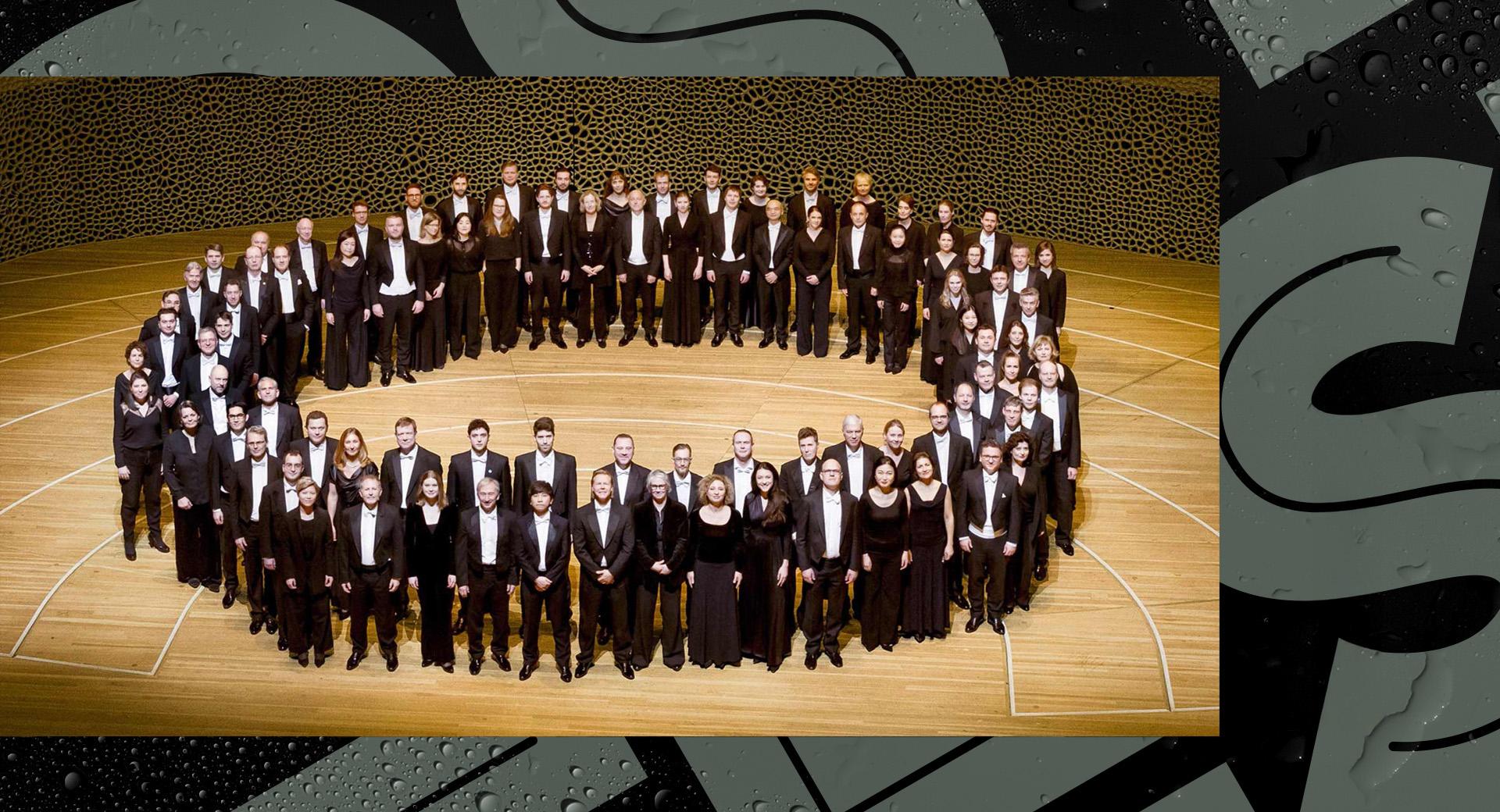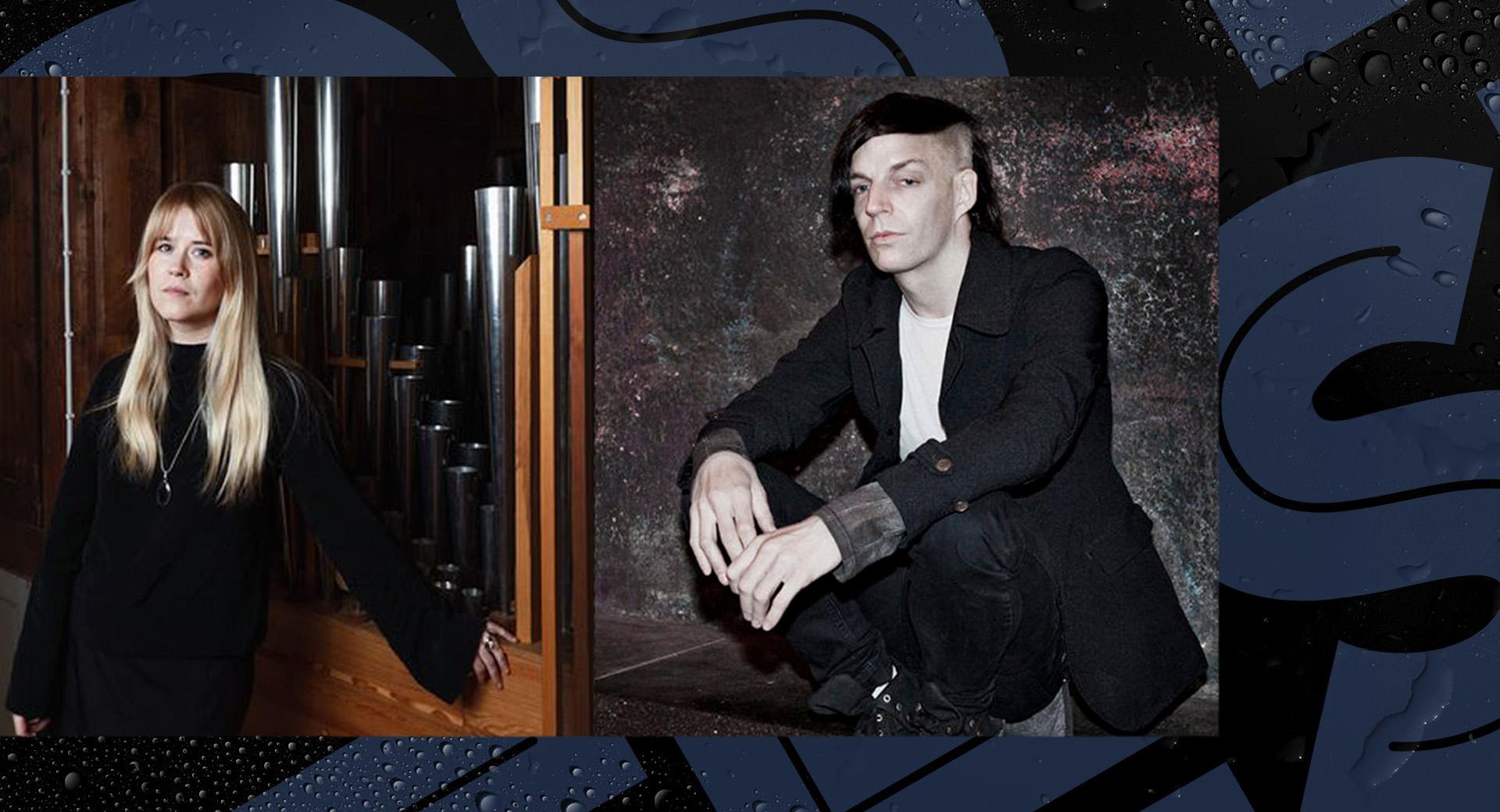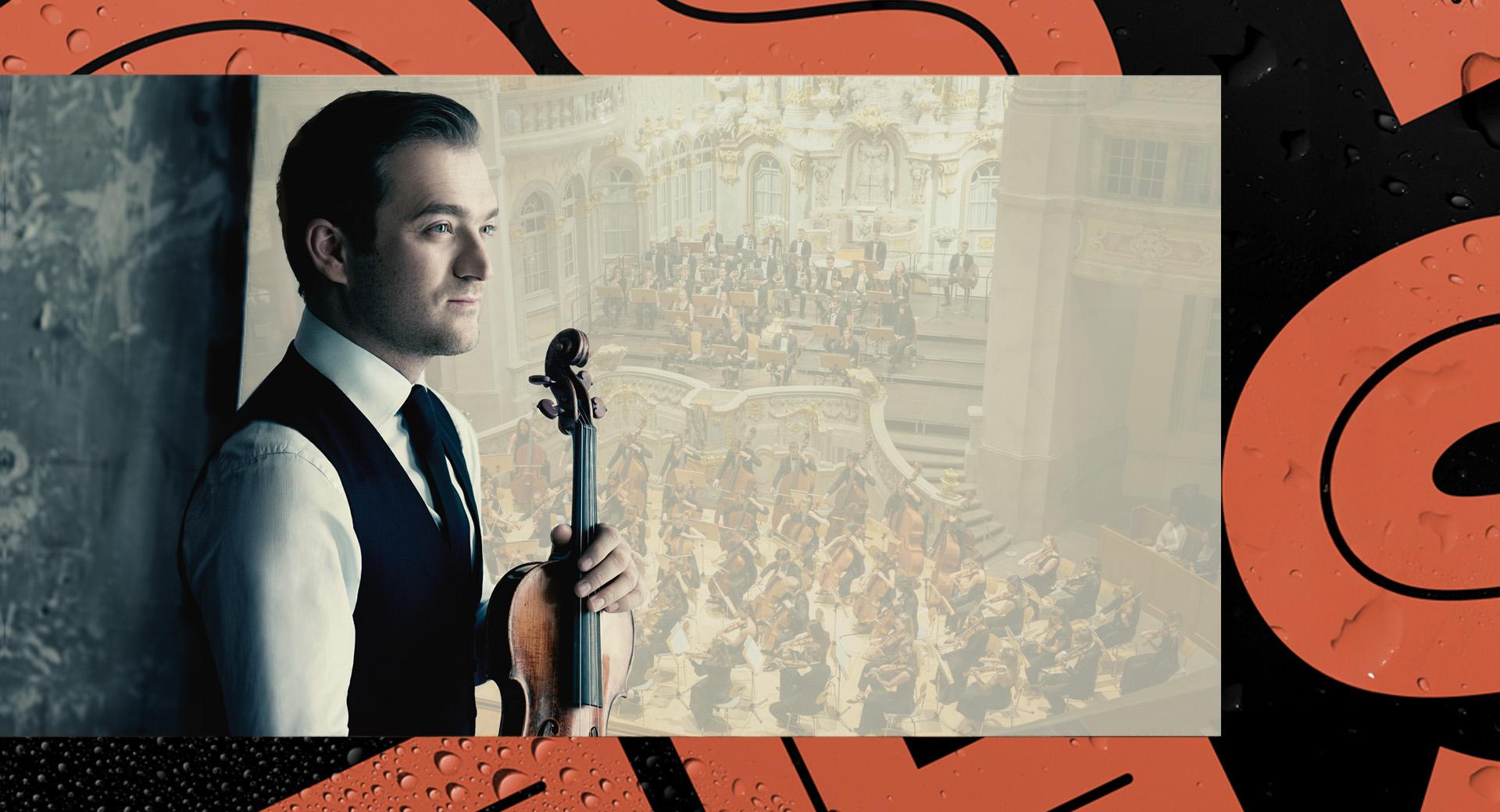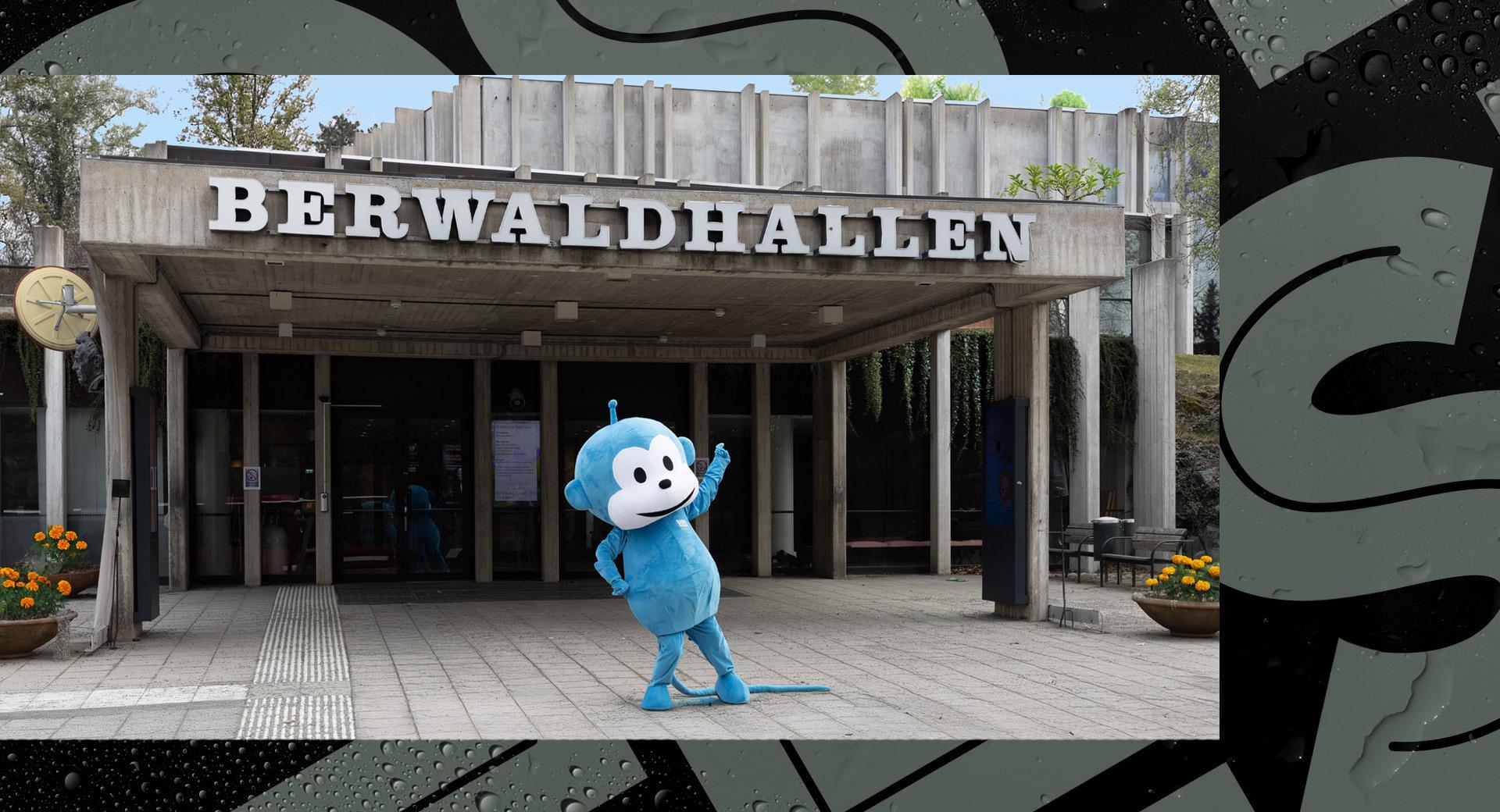Opening concert
Conductor Laureate Esa-Pekka Salonen leads the Swedish Radio Symphony Orchestra in a magnificent concert where Bach, Beethoven and Sibelius meet the sounds of today. Celebrated pianist Terés Löf interprets a part of Beethoven’s Piano Sonata No. 32, and star violinist Johan Dalene plays the prelude from Bach’s third Partita for Solo Violin. In Anders Hillborg’s Kongsgaard Variations and Esa-Pekka Salonen’s Fog, we’ll meet two contemporary reflections of Beethoven and Bach, since both composers was inspired by the older masters in their compositions. The concert ends with Jean Sibelius’ beautiful Symphony No. 2 – one of the composer’s most beloved symphonies.
This production is part of one or more concert series.

Among Beethoven’s thirty-two piano sonatas, the last has a unique position as his “musical testament”. At this opening concert of the Baltic Sea Festival 2021, we will hear a passage from the second movement, Arietta: Adagio molto semplice e cantabile (Arietta: Adagio, very simple and singable). The introduction with its singable, sublime theme, is calm, almost angelic. In tonight’s concert it is interpreted by the renowned pianist Terés Löf.
Anders Hillborg refers to the Arietta in his Kongsgaard Variations. The work was commissioned by John and Maggie Kongsgaard, producers of the Arietta California wines, which feature musical notation from the Arietta in the composer’s own hand on the label.
Just as Beethoven’s piano sonatas occupy a special place in the piano repertoire, Bach’s six partitas and sonatas for solo violin are part of the core repertoire for violinists. Most frequently performed is the third partita, and at this concert we will have the privilege of hearing the young, multiple award-winning star Johan Dalene’s interpretation. He was also the winner of the prestigious Carl Nielsen International Competition in 2019. Last year, he performed Mozart’s fifth violin concerto together with Herbert Blomstedt at a much-acclaimed concert at Berwaldhallen.
Esa-Pekka Salonen is not only in great demand worldwide as well as the co-founder of the Baltic Sea Festival, he is also a highly successful composer. His work Fog was composed in celebration of the architect Frank O. Gehry’s 90th birthday. Gehry designed the spectacular Walt Disney Concert Hall, home of the Los Angeles Philharmonic, which Salonen led for many years. Like Hillborg, Salonen has based his work on earlier masters, more precisely the Bach prelude included in the programme.
Jean Sibelius’ second symphony has been one of the composer’s most performed works since the legendary first performance in 1902. The Finnish composer began work on the symphony during a winter vacation in Italy, and he completed it back home in Finland. The melodious, wonderfully colourful work with its triumphant finale became an important symbol for Finland’s struggle for independence from Russian supremacy.
Axel Lindhe



